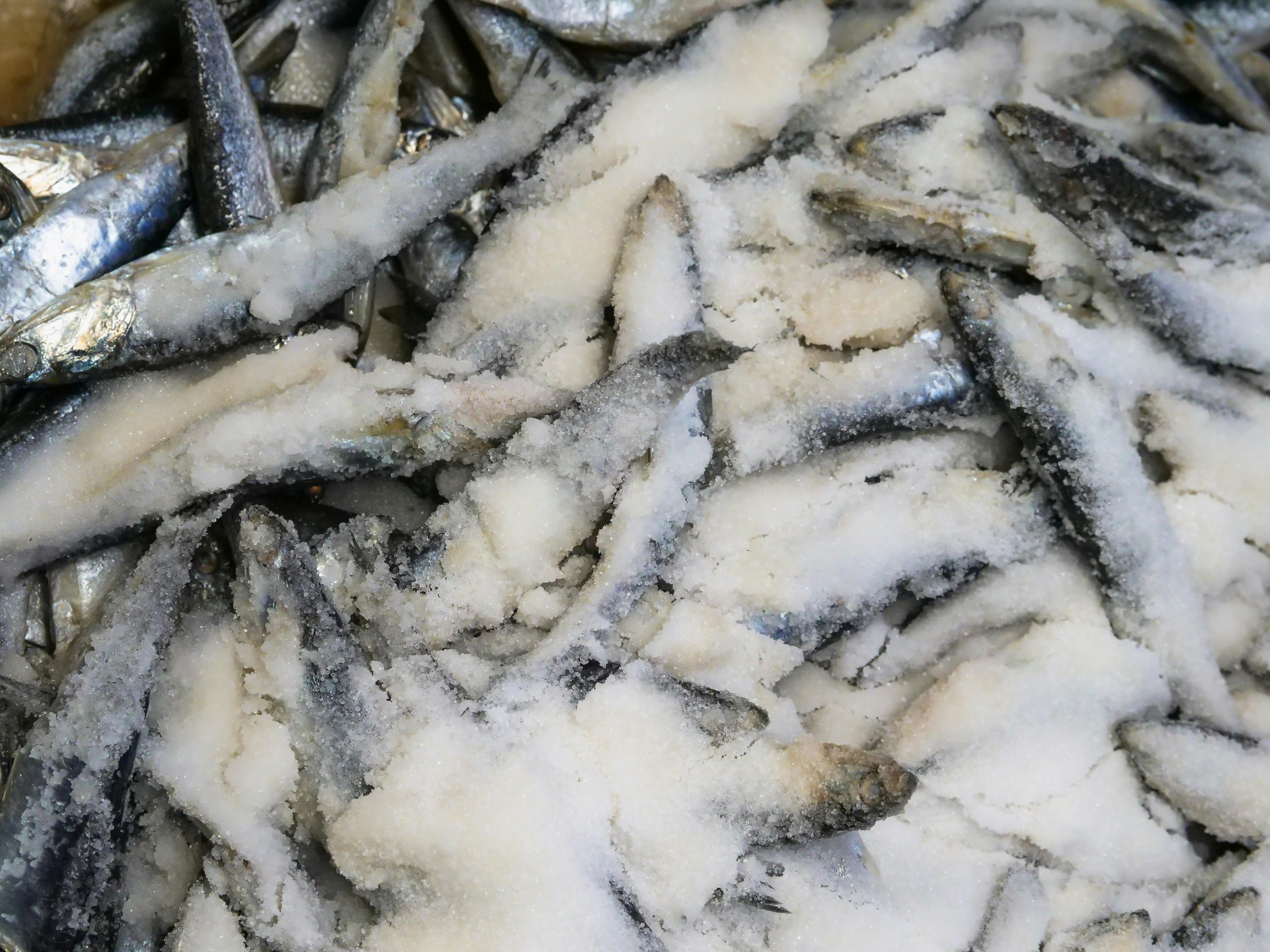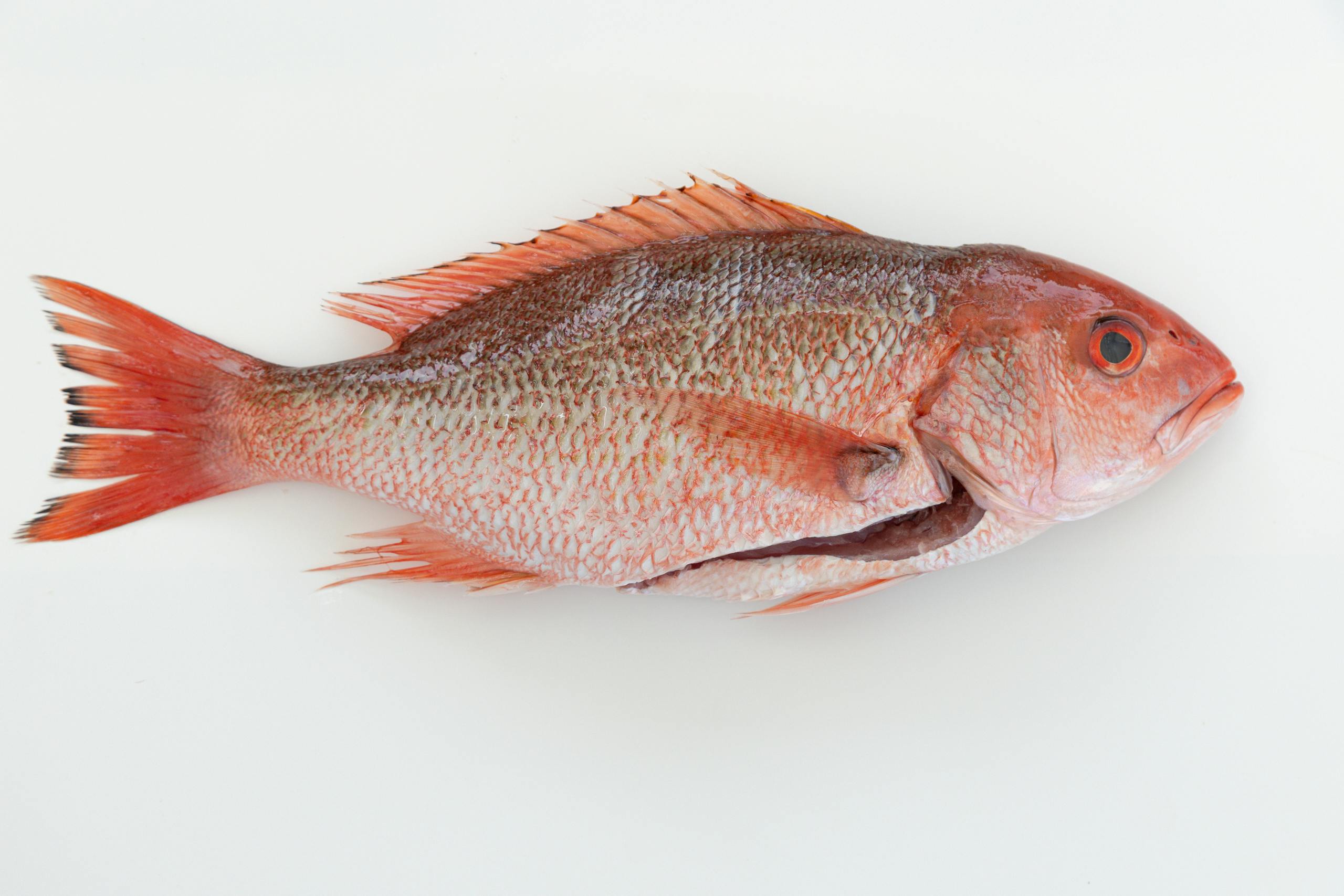
Best 5 Pygmy Corydoras to Consider in 2025
Pygmy Corydoras are becoming increasingly popular among aquarists, especially in community tanks. Known for their small size and unique behaviors, these playful fish make an excellent choice for anyone interested in adding some zest to their aquatic environment. In this article, we will explore the five best pygmy corydoras species you should consider in 2025. We will also cover essential aspects of pygmy corydoras care, their habitat requirements, and tips for successful breeding and maintenance.
The exciting variety offered by pygmy corydoras not only enhances the aesthetic of your aquarium but also brings personality and activity to your underwater landscape. Read on to discover the top choices available for your aquarium setup!
Choosing the Right Pygmy Corydoras
When considering pygmy corydoras for sale, it’s vital to evaluate their compatibility with your existing fish and the specific tank requirements they have. Pygmy corydoras are generally social creatures, thriving in groups, which means they should ideally be kept in schools of at least six or more. Their behavior, size, and environmental needs make these factors essential for their health and vibrancy.
Popular Pygmy Corydoras Species
Several pygmy corydoras species are popular among aquarium enthusiasts:
- Corydoras pygmaeus
- Corydoras habrosus
- Corydoras nanus
- Corydoras leucomelas
- Corydoras paleatus
Each of these species has its unique traits and behaviors that make them ideal for specific community tank setups. For example, Corydoras pygmaeus is highly sought after for its striking coloration and peaceful nature, while Corydoras habrosus is known for its active schooling behavior, making them a thrill to watch as they dart around the tank.
Habitat Requirements
Understanding the natural habitat of pygmy corydoras, which typically inhabit shallow waters in rivers and streams, is crucial for recreating their environment. For optimal health and stress-reduction, aim to replicate their native conditions. Here are the key habitat considerations:
- Tank Size: A minimum of 10 gallons is recommended for a school of pygmy corydoras.
- Substrate: A soft substrate, such as sand, is ideal as it prevents injury to their sensitive barbels.
- Plants and Decorations: Live aquatic plants offer hiding spots and help maintain water quality.
- Water Parameters: Maintain a pH level between 6.0 and 7.5 and ensure the temperature stays within the range of 72°F to 78°F.
By implementing these elements, you create a suitable environment that marries aesthetics with the well-being of these lively fish.
Essential Care Tips for Pygmy Corydoras
Caring for pygmy corydoras entails understanding their specific needs and closely monitoring their well-being. Proper care leads to a longer lifespan and happier fish, so let’s delve into the essential aspects:
Feeding Pygmy Corydoras
Pygmy corydoras are omnivorous and should be provided with a varied diet that includes:
- High-Quality Flake Food: A staple in their diet that provides essential nutrients.
- Pellets: Sinking pellets are fantastic as they allow corydoras to forage along the tank bottom.
- Live or Frozen Foods: Offer brine shrimp or bloodworms occasionally for added variety and excitement.
Establish a feeding schedule that provides them with multiple small portions throughout the day, mimicking their natural foraging behavior. Monitor their eating habits for any signs of stress or illness.
Maintaining Water Quality
Water quality is critical for the health of pygmy corydoras. Regular testing ensures that ammonia, nitrite, and nitrate levels remain safe. Utilize quality filtration and periodic water changes to maintain optimal conditions. Aim for a water change of 25% weekly to keep the ecosystem balanced and healthy.
Identifying Common Health Issues
Being aware of potential health issues is crucial. Here are some signs of distress or illness:
- Changes in Behavior: Lethargy or hiding could indicate stress or illness.
- Physical Changes: Look for any unusual spots, swelling, or discoloration.
- Feeding Changes: Refusal to eat may signal underlying issues.
Detecting these symptoms early can help you provide immediate care, including separating sick fish and consulting with an aquatic vet.
Breeding Pygmy Corydoras Successfully
Breeding pygmy corydoras can be a rewarding challenge for enthusiasts. Here are some tips to increase your success rate:
Setting Up a Breeding Tank
To facilitate a successful breeding environment, consider the following:
- Tank Conditions: Use a separate tank specifically for breeding to minimize stress from tank mates.
- Water Temperature: Just above their normal tank temperature can trigger breeding.
- Aquatic Plants: Include spawning mops or bogwood for laying eggs.
Caring for the Fry
Once eggs are laid, monitor them closely. The fries are typically delicate and need proper care:
- Feeding: Use infusoria or powdered fry food to nourish young fish.
- Water Quality: Keep the breeding tank exceptionally clean to avoid any disease outbreaks.
Common Breeding Issues
Be aware of common troubles that may arise during breeding:
- Egg Fungus: This can occur if eggs are not removed promptly.
- Predation: Some bigger tank mates might eat the fry, leading to high mortality rates.
Pygmy Corydoras and Their Community Tank Compatibility
Pygmy corydoras are known for their peaceful demeanor, making them suitable for most community tanks. Here’s how to select the best tank mates:
Compatible Fish Species
Consider the following fish when planning your community tank setup:
- Neon Tetras
- Guppies
- Rasboras
- Dwarf Gourami
Choosing fish that occupy different levels of the tank ensures that pygmy corydoras can thrive without feeling threatened.
Fish to Avoid
Some species are less compatible with pygmy corydoras:
- Large Cichlids
- Aggressive Fish Species
By limiting interactions with aggressive fish, the corydoras can maintain their social behavior without undue stress.
Maintaining Tank Dynamics
Monitor interactions closely to ensure a balanced community tank. Watch for any aggressive displays, and be prepared to make adjustments if stress levels rise.


Conclusion: The Joy of Keeping Pygmy Corydoras
Pygmy corydoras bring vibrancy, charm, and an active presence to any aquarium. Investing in their care, understanding their needs, and ensuring a compatible community setup will reward you with these beautiful fish swimming happily in your aquatic masterpiece. By following the guidelines above in terms of care, feeding, and environment setup, you'll have thriving pygmy corydoras enriching your aquarium experience well into 2025 and beyond!